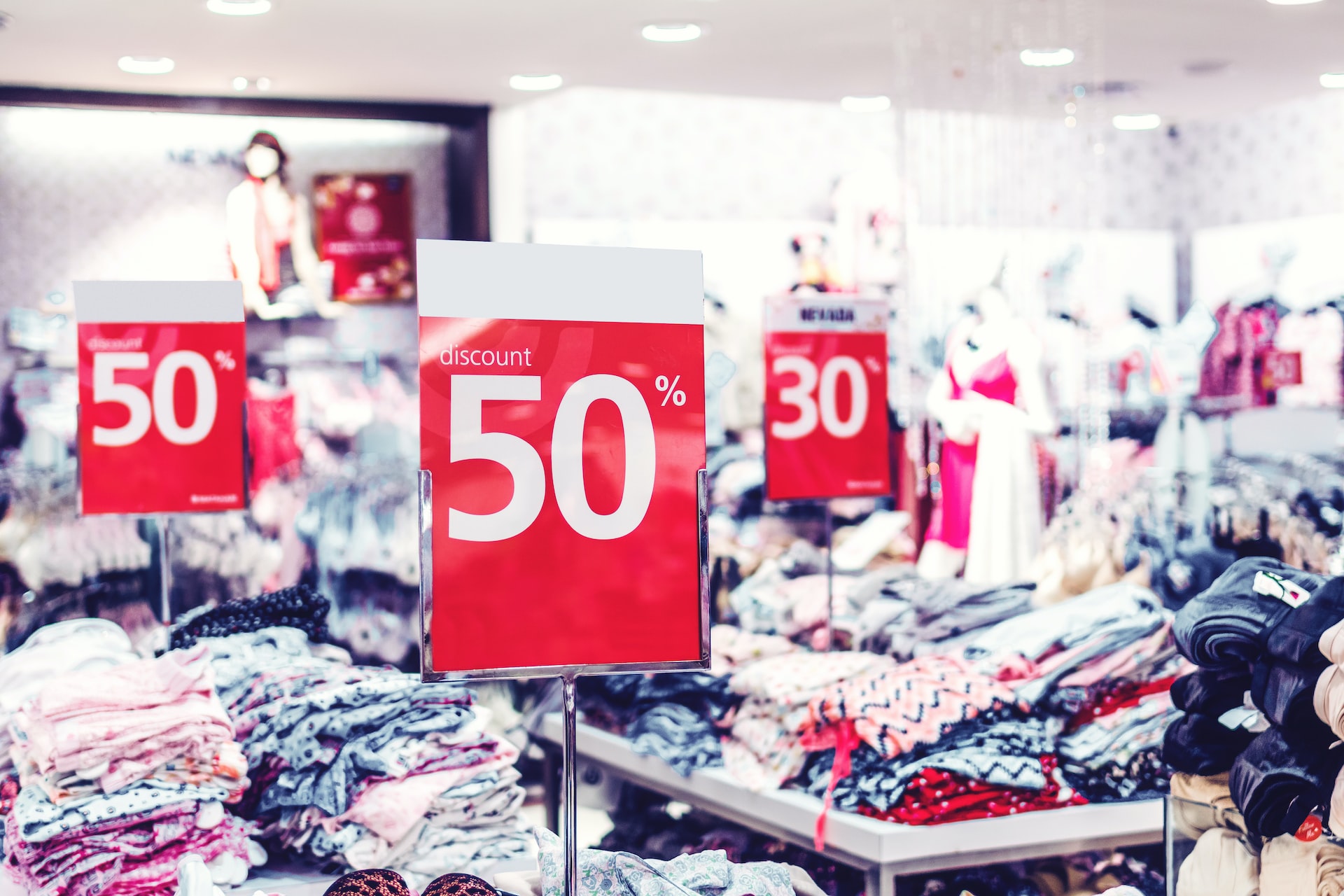Even if you are vigilant in your consumer spending habits, always bring a list, and try to buy what you need, we are all guilty of impulse spending.
A dirty little secret you should be aware of is that retailers and businesses hire consultants to conduct social experiments and research studies to help them get you to spend more than you need whenever shopping.
Here are four ways retailers use deceptive and psychological warfare practices to get you to impulse buy.
Price anchoring
Did you know that a “menu engineer” was a real thing? These are consultants who design menus to persuade diners to spend more than they intend.
Have you ever been to a nice restaurant and noticed a ridiculously high-priced menu item? It may have been a bottle of wine or a gourmet dish that was priced extremely higher than other dishes.
You scoffed at the price and then ordered something several price tiers under the most expensive item.
And that was the plan all along. The restaurant does not expect anyone to buy the highest-priced item. But consumers psychologically rationalize paying the asking price for other items without realizing those prices may be inflated as well.
Retailers use the same trick.
BOGO free offers
Scientific studies on consumer behaviors have proven that consumers can’t resist when retailers offer free products or “buy-one-get-one” free deals.
Every consumer loves free items, no matter what they are, and convince themselves that they are saving money.
However, you are probably buying a product you don’t necessarily need or want because you saw the word “free.” The retailer may be backed up on some inventory items and trying to free up storage space.
Meanwhile, a BOGO offer has you in the store where you are more than likely to make additional impulse purchases. Question why you are buying items and don’t be mesmerized by the word “free.”
Prestige pricing
This practice is similar to price anchoring. With price anchoring, you trick consumers into paying more for several other moderately overpriced items by making them recoil from the highest-priced item.
Prestige pricing is all about making consumers happy and emotionally validated to pay ridiculously high prices for items they consider to be of high quality. And yes, prestige pricing tactics are backed by research studies.
Do you know anyone who has bought sneakers for $370? Or a purse for $840?
If you have ever bought an item of luxury clothing, then you probably paid hundreds or thousands of dollars.
Prestige-priced items are priced extremely high and are rounded up. Decimal prices like $457.86 are never used because it makes consumers think too much about the purchase.
Prestige pricing can’t be too high, so luxury retailers are always testing and analyzing consumer behaviors to gauge how high they can go.
Coupon use is euphoric for consumers
Using coupons to save money is a great spending strategy. But it is a long-term strategy. Most coupons don’t offer deep discounts. Coupons don’t offer significant savings unless you use them on every item you purchase over a long term, like at the supermarket.
Coupons are designed to keep consumers coming back to a retailer and engender trust.
One scientific study suggests that coupons use relieves stress in consumers and makes them euphoric. Coupon use has been scientifically compared to the euphoric happiness people feel when cuddling or kissing.


